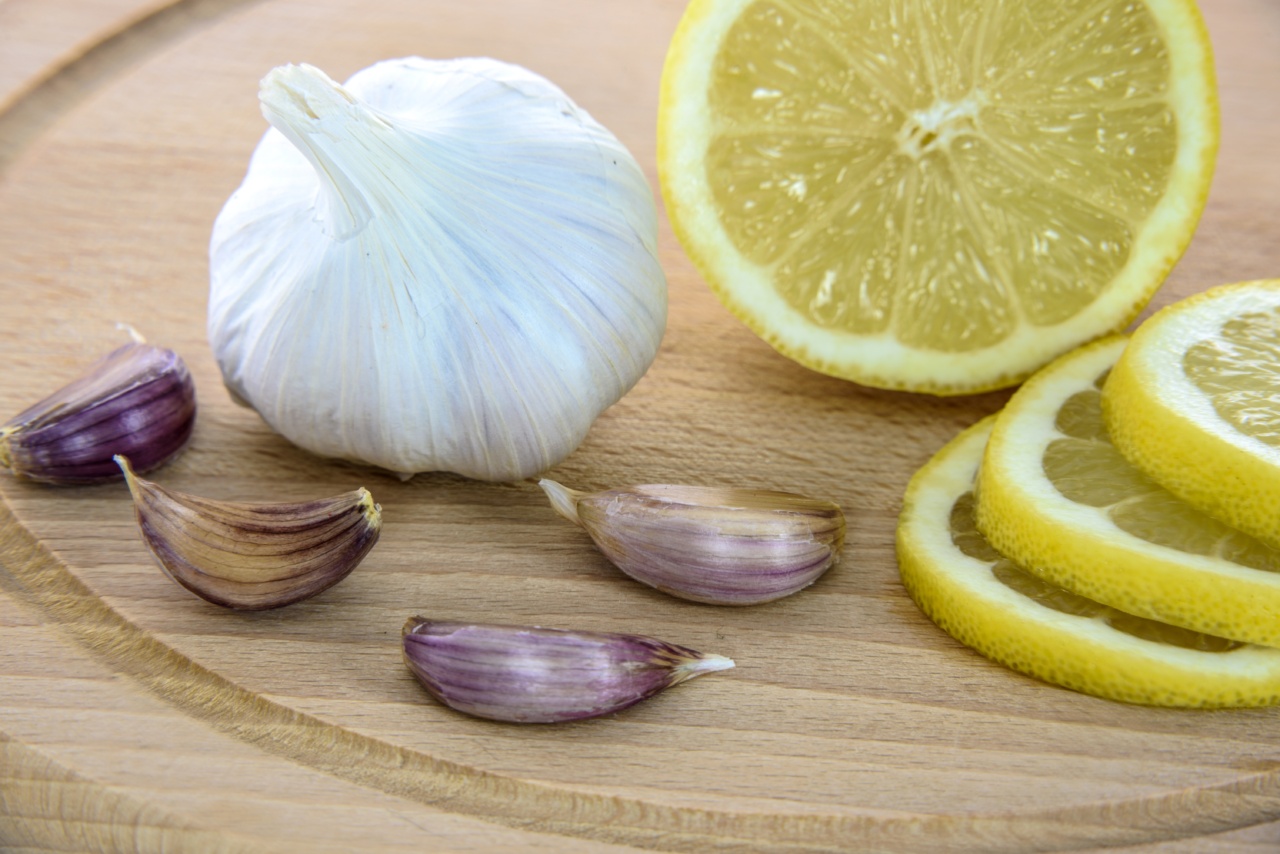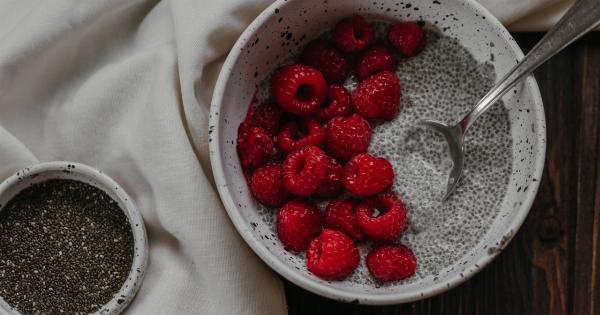Antioxidants are essential nutrients that protect our cells from oxidative damage and help prevent chronic diseases like cancer, heart disease, and dementia.
Vegetables are the best natural sources of antioxidants, but their availability varies depending on the cooking method used. Some cooking techniques can destroy or reduce antioxidants, while others can increase them. Here are the best cooking techniques to boost vegetable antioxidants:.
1. Steam
Steaming is one of the healthiest and easiest ways to cook vegetables while retaining their vitamins, minerals, and antioxidants.
The gentle and quick heat of steam softens the cell walls of vegetables, making it easier for our bodies to absorb their nutrients. Steamed vegetables also retain their natural texture, flavor, and color, and require very little seasoning. Some of the best vegetables to steam include broccoli, cauliflower, carrots, green beans, kale, spinach, and sweet potatoes.
2. Roast
Roasting is another great way to cook vegetables that intensify their flavors and antioxidants. Roasting involves placing vegetables in a preheated oven with a little oil, salt, and pepper, and cooking them until tender and slightly charred.
The dry heat of the oven caramelizes the natural sugars in vegetables, enhancing their sweetness and aroma. Roasted vegetables like bell peppers, eggplants, onions, mushrooms, tomatoes, and zucchinis are great toppings for salads, pastas, pizzas, and sandwiches.
3. Grill
Grilling is a popular cooking technique that can also add flavor and antioxidants to vegetables. Grilling involves cooking vegetables over an open flame or hot grill pan, usually with some marinade, spices, or herbs.
The smoky and charred taste of grilled vegetables pairs well with meats, fish, or tofu, making them ideal for outdoor gatherings or barbecues. However, grilling can also increase the formation of carcinogens, so it should be done in moderation and with some precautions like marinating, using lean cuts, and flipping vegetables frequently.
4. Stir-Fry
Stir-frying is another quick and easy way to cook vegetables while preserving their nutrients and antioxidants. Stir-frying involves cooking veggies over high heat in a wok or skillet with some oil, soy sauce, ginger, garlic, and chili flakes.
The constant tossing and flipping of the veggies ensures even cooking and a crunchy texture, while the flavorful sauce enhances their savory taste. Stir-fried vegetables like bok choy, snow peas, asparagus, bell peppers, and mushrooms are great accompaniments to rice, noodles, or meat dishes.
5. Sous-Vide
Sous-vide is a modern and precise cooking technique that can also retain the antioxidants and flavors of vegetables. Sous-vide involves cooking vegetables in a sealed plastic bag submerged in a water bath heated to a precise temperature.
This slow and controlled method ensures consistent and thorough cooking, without losing any nutrients or moisture. Sous-vide vegetables like beets, carrots, fennel, parsnips, and radishes are great side dishes for steak, chicken, or fish.
6. Boil
Boiling is a simple and fast way to cook vegetables, but can also reduce their antioxidants and vitamins if not done properly. Boiling involves immersing veggies in a pot of boiling, salted water until tender.
However, boiling can also leach out soluble vitamins like vitamin C and B, as well as antioxidants like flavonoids and carotenoids. To minimize nutrient loss, it’s recommended to use a small amount of water, cook veggies for a short time, and use the cooking water in soups or sauces.
7. Microwave
Microwaving is a quick and convenient way to cook vegetables, but can also reduce their antioxidants and textures.
Microwaving involves placing veggies in a microwave-safe dish with a little water, covering them, and heating them on high for a few minutes until soft. However, microwaving can also cause loss of water-soluble vitamins, uneven cooking, and shriveling of vegetables.
To minimize these effects, it’s recommended to microwave vegetables with a lid to trap steam, stir them halfway, and choose vegetables that handle microwaving well like spinach, broccoli, and potatoes.
8. Ferment
Fermentation is a unique and flavorful way to preserve vegetables while enhancing their nutritional benefits and antioxidants.
Fermentation involves immersing veggies in a saltwater brine with some spices and letting them ferment at room temperature for several days or weeks. The natural bacteria in the veggies transform their sugars into organic acids, probiotics, and other compounds that improve gut health, immune function, and overall well-being.
Fermented veggies like sauerkraut, kimchi, pickles, and miso can be added to sandwiches, salads, or as a side dish.
9. Blend
Blending is a versatile and creative way to use vegetables while increasing their antioxidants and nutrients. Blending involves breaking down veggies into a smooth puree, adding some liquid or yogurt, and incorporating some spices, herbs, or nuts.
The result is a thick and flavorful soup, dip, spread, or smoothie that packs a punch of vitamins, minerals, and antioxidants. Blended vegetables like carrots, squash, peas, avocados, and spinach can be combined with other fruits or protein sources for a healthy and tasty meal.
10. Eat Raw
Eating raw is the most natural and nutritious way to consume vegetables while preserving their enzymes, vitamins, minerals, and antioxidants.
Eating raw involves slicing veggies into bite-sized pieces, adding some dressing or dip, and enjoying them as a snack or side dish. Raw vegetables like cucumber, radish, carrot, bell pepper, and celery are crunchy, refreshing, and packed with fiber, water, and antioxidants. Eating raw vegetables can also improve digestion, hydration, and bone health.






























